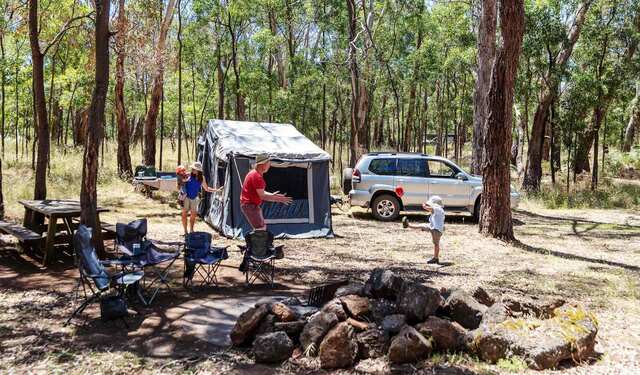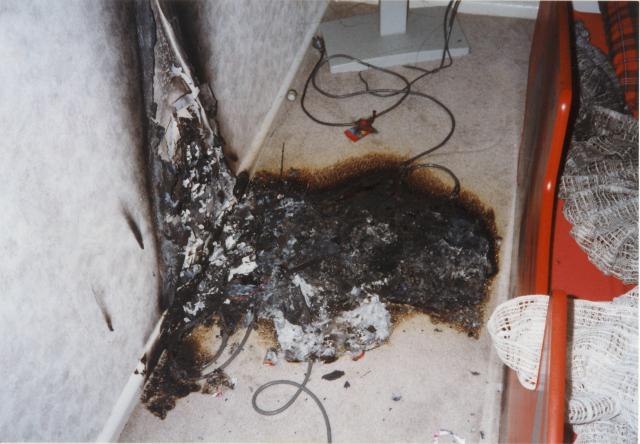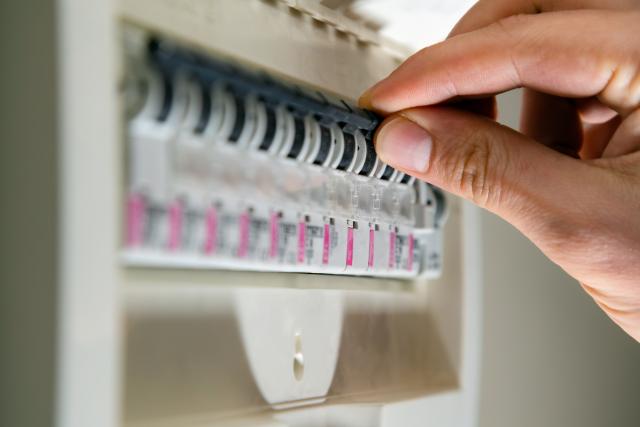About six months ago, John Lakey’s “dam” was just a barren, cracked creek bed.
Now, and after months of heavy rainfall, the Ingliston farmer has a smile on his face – his dam is almost full.
But he’s no happier than his cattle, which drink more than 50 litres of water a day.
Star Weekly first spoke to Mr Lakey in March in response to a Climate Council report that stated climate change was having serious consequences for Australia’s farmers.
At the time, Mr Lakey said the cattle were feeling the brunt of hotter weather and lower rainfalls, with the dams practically empty since 2013.
What a difference a few months makes.

“This is phenomenal,” Mr Lakey said last week. “After all those dry years … that water will keep us going for a while.”
Mr Lakey says he’s even managed to increase the size of the catchment bank to capture all the rainfall. He hopes to one day convert his Ingliston farm into a self-sustainable place.
Keris Arndt, of the Bureau of Meteorology, said Melton recorded 80 millimetres of rain in September, almost double the September average of 44.7 millimetres.
It also recorded above average rainfall in May, June and July. Only August’s monthly rainfall was below average this year.
“It’s been a very wet winter into spring,” Mr Arndt said. “The outlook is for a wetter than average October for almost all of south-east Australia.”
And the reason for this wet weather?
“We’ve had a very strong Indian Ocean dipole, as well as an easing of the El-Nino that we’ve had over the last few years,” Mr Arndt said.







